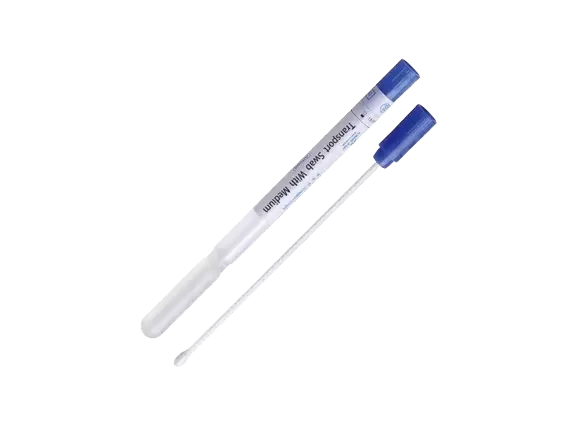The Ultimate Guide to Tent Fabrics: Which One Reigns Supreme in Waterproofing?
3 min readWhen it comes to outdoor adventures, whether you're camping in the wilderness or setting up a temporary shelter at a festival, the choice of tent fabric can make or break your experience. Among the myriad of factors to consider, waterproofing stands out as a critical feature. But with so many options available, which tent fabric is the most waterproof? In this comprehensive guide, we will explore the various types of tent fabrics, their waterproof ratings, and the technologies that enhance their performance in wet conditions.
Understanding Waterproof Ratings
Before diving into specific fabrics, it's essential to understand how waterproof ratings work. The most common measurement used is the Hydrostatic Head (HH), which indicates how much water pressure a fabric can withstand before leaking. This is measured in millimeters; for example, a fabric with a rating of 1,500mm can resist water pressure equivalent to a column of water 1,500mm high. Generally, a rating of 1,500mm is considered suitable for light rain, while 3,000mm is ideal for moderate rain, and anything above 5,000mm is excellent for heavy downpours.
Common Tent Fabrics and Their Waterproofing Abilities
- Polyester
- Waterproof Rating: Typically ranges from 1,500mm to 3,000mm.
- Characteristics: Polyester is lightweight, durable, and resistant to UV damage. However, its waterproofing capabilities can vary significantly based on the quality of the fabric and the treatment applied. Many manufacturers enhance polyester with coatings like polyurethane (PU) to improve its waterproof rating.
- Nylon
- Waterproof Rating: Usually between 1,500mm and 5,000mm.
- Characteristics: Nylon is known for its strength and elasticity, making it a popular choice for high-performance tents. When treated with silicone or PU coatings, nylon can achieve impressive waterproof ratings. Silicone-coated nylon, often referred to as Silnylon, is particularly favored for ultralight tents due to its excellent waterproofing and low weight.
- Canvas
- Waterproof Rating: Generally around 1,000mm to 2,000mm, but can be treated for higher ratings.
- Characteristics: While traditional cotton canvas is breathable and durable, it is not inherently waterproof. However, modern treatments such as wax or synthetic coatings can significantly enhance its waterproof capabilities. Canvas tents are often heavier but provide excellent insulation and durability.
- Ripstop Fabrics
- Waterproof Rating: Varies widely, often between 1,500mm and 3,000mm.
- Characteristics: Ripstop fabrics, made from nylon or polyester, feature a grid pattern that enhances tear resistance. When treated with waterproof coatings, these fabrics can offer a good balance of weight, durability, and waterproofing.
Advanced Waterproof Technologies
In addition to the fabric type, various technologies can enhance a tent's waterproof performance:
- Seam Sealing: Tents often have seams that can be weak points for water ingress. Manufacturers use seam tape or sealant to ensure these areas are watertight, which is crucial for maintaining the overall waterproof integrity of the tent.
- Waterproof Coatings: Fabrics can be treated with various coatings, such as PU or silicone, to improve their waterproof ratings. Silicone coatings are particularly effective for nylon, providing a lightweight and durable solution.
- Breathable Membranes: Some high-end tents incorporate breathable membranes, like Gore-Tex, which allow moisture vapor to escape while preventing water from entering. This technology is especially beneficial in humid conditions, where condensation can be a concern.
Conclusion: Choosing the Right Tent Fabric
When determining which tent fabric is the most waterproof, it ultimately depends on your specific needs and the conditions you expect to encounter. For ultralight backpacking, silicone-coated nylon (Silnylon) is often the best choice due to its high waterproof rating and low weight. For family camping trips where durability and comfort are paramount, a high-quality polyester or treated canvas tent may be more suitable.



